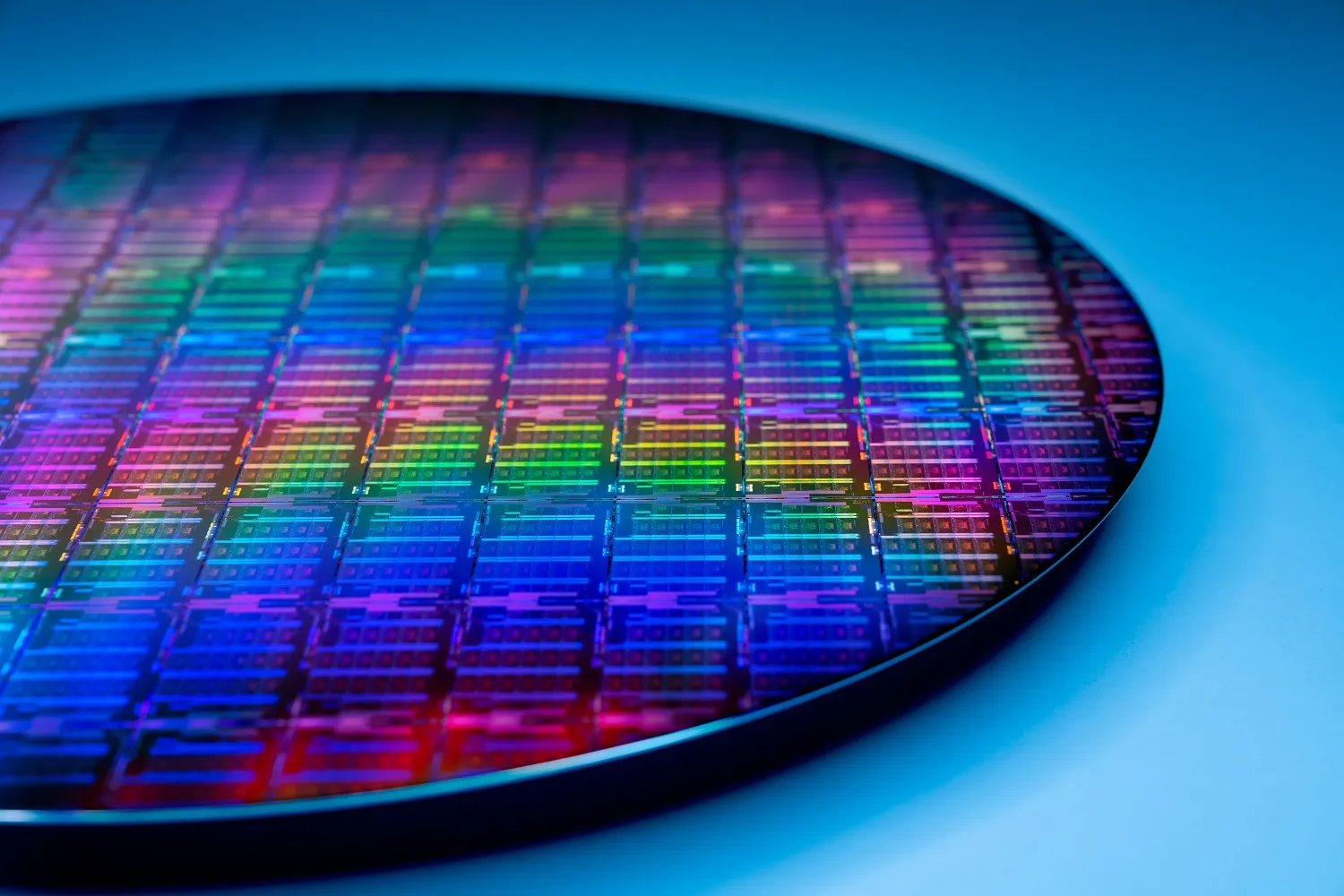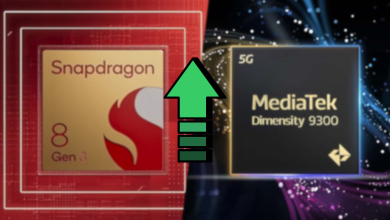Qualcomm’s Decision to Drop Intel 20A Chips Could Risk Intel’s 18A Roadmap

Qualcomm has not had the best of the years, and it seems as things aren’t getting better. After having to stick with TSMC’s 4nm node for the SD Gen 3, it’s being reported that the company will be halting development of Intel 20A chips, due to high production costs (via Ming-Chi Kuo).
Since this would put Intel on the back foot, it would mean more uncertainty for the 18A R&D and mass production. This is because 18A is the next node after 20A, and it is expected to be even more challenging to manufacture. Without Qualcomm’s orders, Intel will have a harder time recouping its investment in 18A and may be forced to delay its launch.
Kuo also says that Qualcomm’s decision on 20A chips is likely going to negatively impact Intel’s RibbonFET and PowerVia technologies, which means that they might not arrive within their expected period next year.
The complexity of making advanced semiconductors has made it more important than ever for leading IC design vendors and foundries to work together. After the transition to 7nm nodes, foundries need high-volume orders from top-tier IC design vendors to recover their investment in new technology. Kuo states that:
The design capability, order specification (especially the highest end), and order scale of the first-tier IC design vendor can significantly improve the learning curve of the advanced node for foundries compared to general orders. This has been the key to TSMC’s lead over its competitors to date, and it is also the biggest negative impact that Qualcomm’s discontinuation of Intel 20A development has had on Intel.
As far as Qualcomm’s 3nm mobile SoCs are concerned, well the main obstacle is the cost. They could go with the cheaper N3E option, rather than the N3P, or N3X, but again, that is another issue they’ll need to deal with since Apple has already secured orders for 90% of N3 shipments.
Earlier on, Qualcomm was hesitant to go with Samsung Foundry for their 3nm orders, due to lower yield percentages, but that has changed now, and amid these circumstances, Qualcomm is forced to make decisions like these.
While it is not common for manufacturers to use two separate vendors, but (since Gen3 will use 4nm) Gen4 will likely come with N3E and 3GAP, the latter one for use in Samsung phones.
This is all we know for now, but rest assured that we will keep you updated as new information becomes available.





